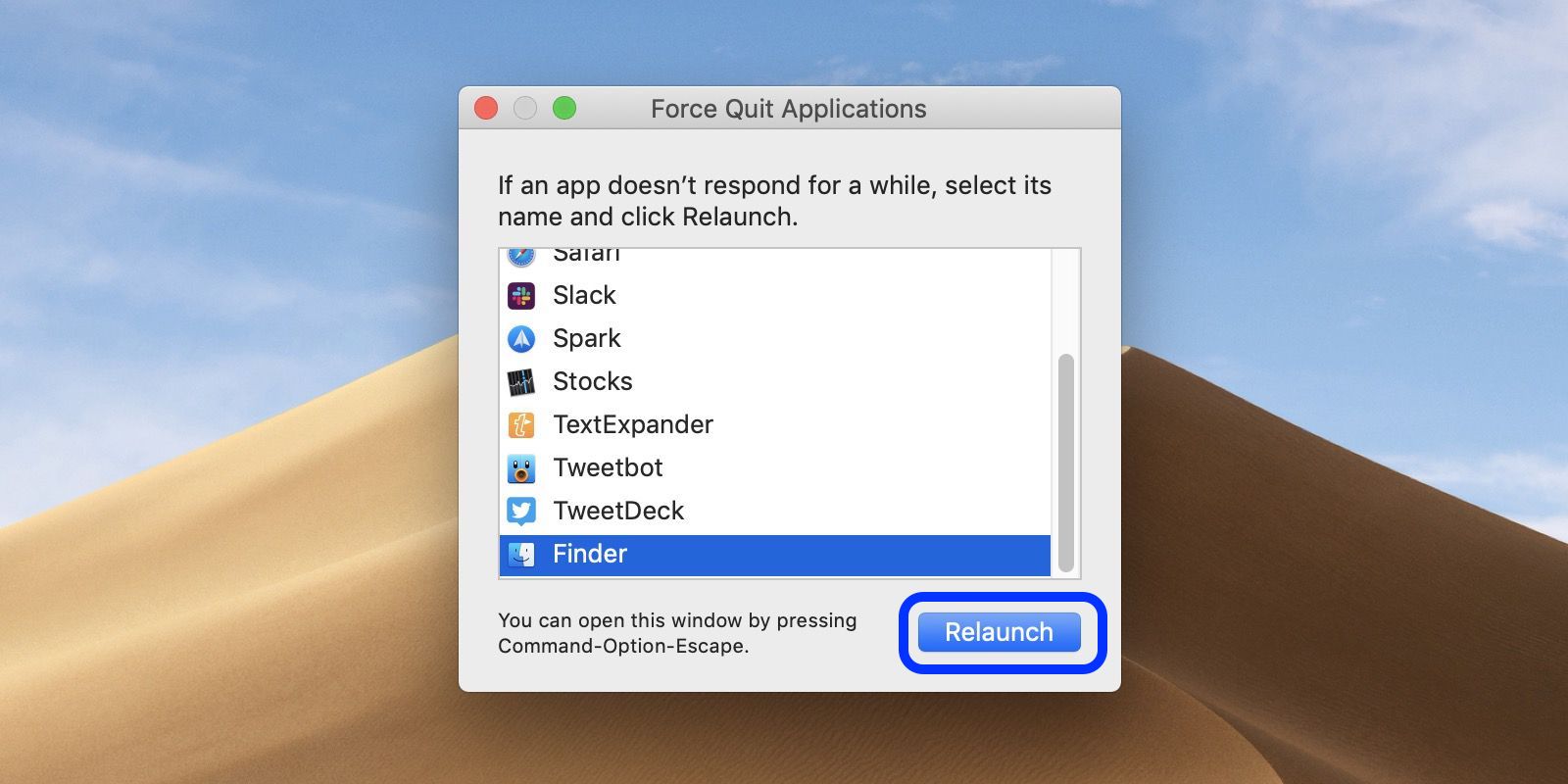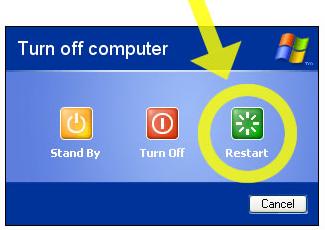


- #Mac restart usb ports how to#
- #Mac restart usb ports update#
- #Mac restart usb ports pro#
- #Mac restart usb ports mac#
If the above steps did not help fix the USB-C port on your MacBook, there’s likely a hardware issue. Shut down your MacBook and then press and hold the Option + Command + P + R keys simultaneously for about 20 seconds to reset your Mac’s NVRAM. However, resetting it might help fix the USB-C ports on your MacBook as well. NVRAM on Macs usually stores information related to sound volume, display resolution, startup disk, time zone settings, etc. If you wish to, you can also try resetting your Mac’s NVRAM to help fix the USB-C connectivity issues. You can follow the steps mentioned on Apple’s support page to reset the SMC on your Mac.
#Mac restart usb ports mac#
The method to reset the SMC of your Mac will vary depending on which MacBook you own. If the above methods did not help fix the USB-C port on your MacBook, you should try to reset its SMC and NVRAM to see if that helps. That should help fix any possible connection issues that were being caused due to dirt clogging the USB-C ports. In such cases, you should first use a cotton swab to clean the ports properly. If you live in a particularly dusty environment or if your MacBook is particularly old, the USB-C ports on the machine may be clogged by dirt, causing connection issues. In many cases, it is also possible that a particular USB accessory you are using is faulty, leading to connection issues. If you want to use multiple high-powered USB devices with your Mac, you should ideally connect them to an external USB hub with its own power supply. In such cases, you should remove all connected accessories to your MacBook, switch it off for some time, and then see if the ports are working or not. If you plug in multiple hard disks or devices that pull a lot of power, your MacBook could end up disabling its USB-C ports as a safety measure. The USB-C ports on your MacBook can only supply a limited amount of power. So, make sure to try a combination of USB-C ports and accessories to get a proper overview of whether the ports on your Mac are working or not. In many cases, it is also possible that the USB-C hub you are using has gone faulty and causing issues. If only one accessory is not working on your Mac, you should try connecting it to another USB-C port and see if that helps.
#Mac restart usb ports how to#
Here’s how to fix some common macOS Big Sur issues. Apple has fixed several USB-C issues in recent macOS Big Sur releases, which could help resolve the USB-C connectivity issues you face on your Mac.
#Mac restart usb ports update#
If your MacBook is running a particularly old version of macOS, it is recommended that you update to the latest release available. RELATED : All the New Features in iOS 16.4 2. In most cases, this should be more than enough to fix the problem at hand and ensure that the USB-C port on your MacBook is working again. If the USB-C port on your MacBook suddenly stops working, the easiest way to fix it is simply restarting your Mac. How to Fix USB-C Ports Not Working On Your MacBook 1. In case the USB-C ports on your MacBook suddenly stop working, check out some possible solutions to fix the problem below. Given the lack of USB-C ports on Macs, even if one port stops working, it could be troublesome for many users. Many people have connected multiple monitors, external HDDs, and other accessories to their MacBook as a part of their work from home setup. With most people working from home, their MacBook has become an integral part of their work lives. If the USB-C port on your MacBook is suddenly not working, here’s what you need to do.

Since there are no other ports on MacBooks and one needs to connect adapters and other devices using the USB-C ports continuously, it exposes them to a lot of wear and tear, which increases their chances of failure.
#Mac restart usb ports pro#
The MacBook Air lineup and lower-end MacBook Pro models ship with only 2 USB-C ports, while the higher-end MacBook Pro models feature 4 USB-C ports.


 0 kommentar(er)
0 kommentar(er)
